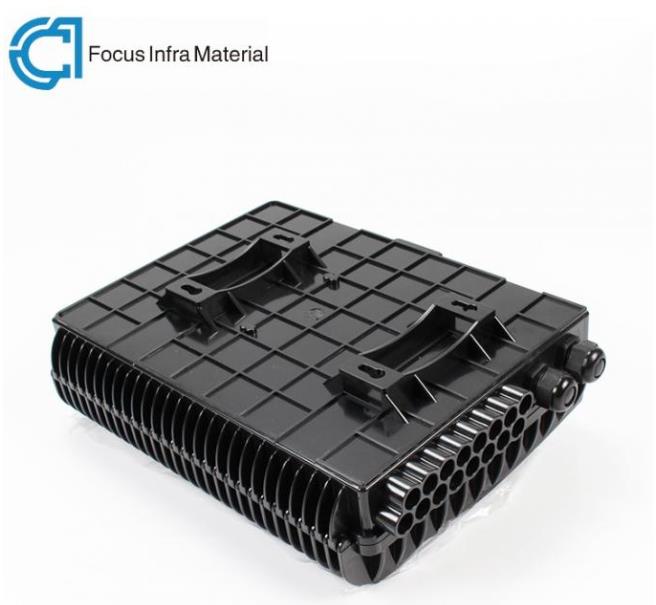Blog
Procedure for installing an optical fiber sleeve
The installation procedure of the fiber sleeve is a key process to ensure the quality and stability of the fiber connection. The following are the general installation steps for reference:

First, preparation
Material preparation:
Ensure that tools and materials such as fiber tubes, optical fibers, connectors, wire strippers, cleaning cloths, alcohol cotton balls, heat shrink tubes (if required), and heat guns (or welding machines and heating devices) are available.
Check the quality of the optical fiber sleeve to ensure that it is intact and has good sealing performance.
Environmental preparation:
Choose a clean, dry, and dust-free working environment to prevent optical fibers from being contaminated during installation.
Ensure that the work area has sufficient lighting to clearly see the end face of the fiber and the state of the bushing.
Second, fiber preprocessing
Remove the jacket:
Use a wire stripper to strip the outer sheath of the optical fiber to a specified length to expose the bare fiber. Do not damage the optical fiber during stripping.
Clean optical fibers:
Gently wipe the end face of the optical fiber with an alcohol cotton ball to remove contaminants such as grease and dust. When wiping, avoid excessive force to avoid damage to the optical fiber end face.
Cutting optical fiber:
Use an optical fiber cutting knife to cut the optical fiber and ensure that the end surface is smooth and without burrs. When cutting, keep the optical fiber stable to avoid shaking.
Third, install the optical fiber sleeve
Select casing:
Select the appropriate bushing according to the diameter of the fiber and the required protection length. The casing should have good flexibility and sealing performance.
Into the casing:
Insert the treated optical fiber into the casing. Keep the optical fiber in a straight line to avoid bending or twisting.
Fixed casing:
If the casing needs to be fixed in a certain position, it can be fixed using a special fastener or tape. When fixing, ensure that the casing does not loosen or fall off.
Fourth, heat shrinkage (if applicable)
Install heat shrink tubing (if required) :
A heat shrink tube is installed at the optical fiber connection point to protect the connection point from external influences.
Heat shrinkage:
Use a heat gun or the heating device of a welding machine to heat shrink the heat shrink tubing. During the heating process, it is necessary to maintain uniform heating to avoid deformation or burning of the casing caused by local overheating. After the contraction is complete, the casing should be tightly wrapped around the optical fiber connection point.
Fifth, check and test
Appearance inspection:
Check whether the optical fiber sleeve is properly installed and is not loose or damaged. Check whether the optical fiber end face is clean and flat.
Performance test:
The optical fiber tester is used to test the installed optical fiber to ensure that the signal transmission quality meets the requirements. The test contents include attenuation test, return loss test and so on.
Sixth, sort and record
Tidy up the scene:
Clean up the work site and return excess materials, tools, etc. Keep the work area clean and organized.
Record information:
Record detailed information about the installation of the optical fiber sleeve, including installation position, sleeve model, optical fiber length, and test result. This information is helpful for subsequent maintenance and management.
Note that the preceding steps are only general guidelines, and the installation procedure may vary depending on the type of optical fiber, sleeve type, and actual installation environment. In actual operations, the installation steps and methods should be flexibly adjusted according to the actual situation.
Chengdu Focus Infra Materials Co.,Ltd is a global business trading company. The company focused on the field of fiber optical networks and data communications, our products are widely used in telecommunication transmission network systems, wide area networks, FTTH, FTTX, FTTA and security monitoring systems. Products mainly include:heat shrink tubes, cold shrink tubes, joint closures, terminal connector, terminal box, fiber optic splice closure, PLC splitter, fiber pigtail, FTTH accessories.
RELATED NEWS
- Chengdu Focus Infra Materials Company's Fiber Optic Splicing Technology Innovati 2024-11-26
- The function and installation steps of optical fiber connector 2024-11-16
- LSZH Low Smoke Zero Halogen Materials, Something you should know 2024-11-14
- What is a Fiber Optic Splitter 2024-11-13
- What is a Fiber Optic Attenuator 2024-02-26
CATEGORIES
LATEST NEWS
CONTACT US
Contact: Yuki
Phone: +8618981876882
E-mail: yuki.hecy@cdfocusinfra.com
Whatsapp:+8618981876882
Add: No. 1760 century avenue, Chongzhou city, Sichuan province, China
